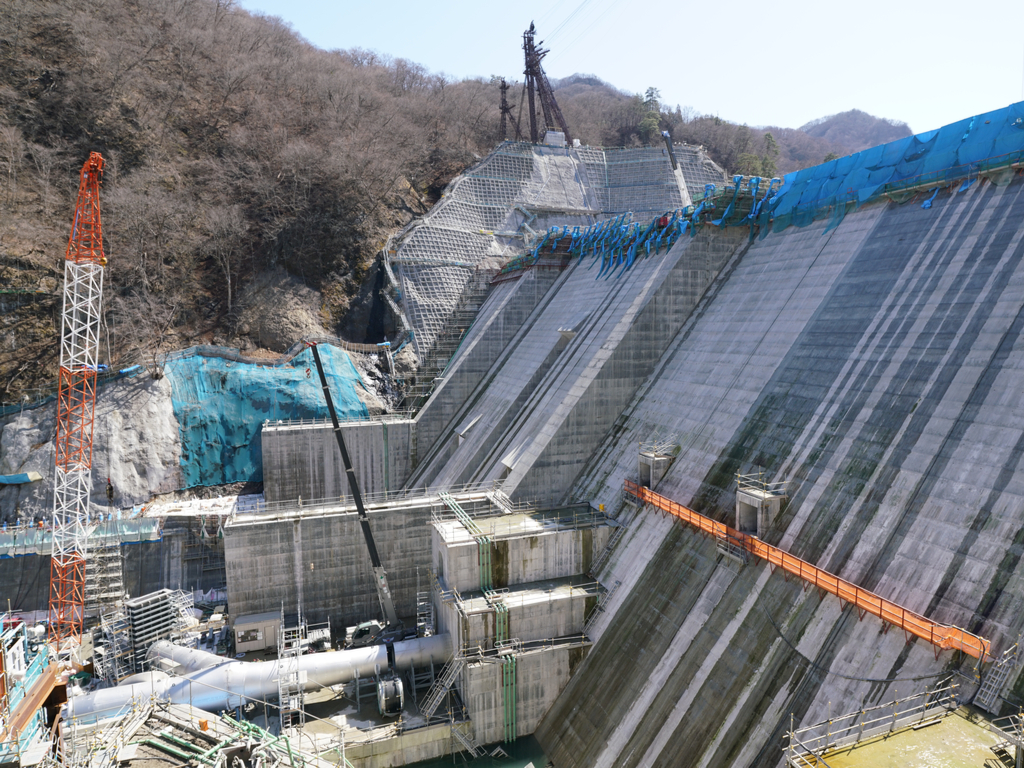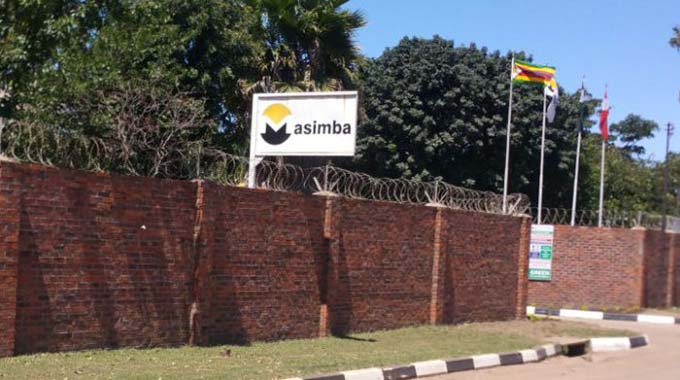Masimba order book bulk 74pc
Masimba Holdings order book rose 74 percent in 2022 to US$143 million, but could be hampered by pricing distortions emanating from an inefficient foreign currency allocation system, the group said after reporting a revenue increase for six months to June.
The book, at US$143 million from US$83 million, with tenures of between three months to eighteen months “is well balanced and diversified between public and private sectors” the company said in a statement accompanying half-year financial results.
Masimba is among the companies contracted by the Government to rehabilitate the multi-billion Harare-Masvingo-Beitbridge road.
Revenue in inflation-adjusted and historical terms at $9,6 billion and $7,1 billion, was ahead of comparative period by 52 percent and 242 percent respectively, largely due to a firm order book in mining, infrastructure, and roads segments, Masimba said.
Revenue earned in U.S dollars improved to 55 percent from 35 percent and was converted to Zimbabwe dollars using official auction rates. Operating profit in inflation-adjusted grew to $5 billion, from $1,4 billion during the same period last year.
Profit for the period was $4,5 billion from $851,4 million during the first half of last year. Total assets position was $28 billion from $25 billion) in inflation adjusted.
During the period under review, the group lost 2.448-man hours (2021: 2.673-man hours) and incurred direct Covid-19 related costs of $18.7 million (2021: ZWL23.9 million).
Going forward, the group said while Government has implemented several strategies to contain inflationary pressures, the measures “should be underpinned by a consistent application of policies so that they can achieve the much desired results.”
While the economic outlook is forecast to remain constrained, the current state of infrastructure development presents opportunities for the business in future, the group said.
Foreign currency asset growth drives Pensions Industry asset base Business Writer
The Insurance and Pensions Commission (Ipec) says the pension’s industry asset base continues to grow on the back of increasing value of equities and properties as well as growth on foreign currency denominated assets.
Ipec in its quarterly pensions report for the period to June 30, 2022 said total asset base stood at $800 billion, an increase of 300 percent from a value of $198 billion in 2021.
“The major drivers for the increase were the increase in value of equities and property in line with the rise in inflation.
“Foreign currency-denominated assets amounted to US$347 million thereby constituting 16 percent of industry assets,” Ipec said in the report.
It added that the significant holding of foreign currency denominated assets helps in cushioning the assets from being eroded by inflation in the current hyperinflationary environment.
During the period under review, there were 978 registered occupational pension funds and 615 were active, constituting 63 percent of the industry funds.
According to the report, pension industry asset values have been increasing in nominal terms consistently from December 2019 to June 2022, as the major assets have been revaluing in the inflationary environment.
“An analysis of the inflation-adjusted figures shows that there has been real growth in assets during the period up to March 2022, after which there is a fall from April 2022 to June 2022.
“The fall has been due to the industry having one of its major investment classes, quoted equities on the stock market, experiencing a bear run since April 2022,” reap part of the report.
Ipec noted that the insured funds, stand-alone funds and self-administered funds each constituted 33 percent, 34 percent and 33 percent of the industry’s assets, respectively, as at June 30, 2022.
“Insured funds and self-administered funds had the bulk of their investments in equities followed by properties, whilst stand-alone funds had the bulk of their investments in properties followed by equities whilst the residual assets for all the three were in the other asset classes.
“However, the share of investment property to total assets may be understated due to valuation challenges and less frequent valuation of direct property holdings,” said Ipec.
The insurance and pension’s industry regulator said that prescribed assets amounting to $63 billion, constituted 8 percent of the industry’s total assets and this was an increase of about 800 percent from the prescribed assets investments of about $7 billion as at 30 June 2021.
“Notwithstanding the increase in the level of investments in prescribed assets, it is still below the statutory requirement of 20 percent of industry assets.
Ipec said that the total number of funds, which complied with the prescribed assets requirement of at least 20 percent, were 16 as at June 30, 2022.
“The increase in prescribed assets investments was mainly driven by the availability of foreign currency-denominated instruments approved by the Ministry of Finance and Economic Development, which have proven to be attractive to pension funds as they hedge against inflation.”
Ipec said that given the industry interest to invest in the recently introduced gold coins, which have been granted prescribed asset status, the expectation is that this will result in increased compliance levels, subject to availability of the coins and uptake by pension funds.
Foreign currency-denominated prescribed assets investments by the pensions industry amounted to US$84 million, translating to 50 percent of total prescribed assets.
During the period under review, cash holding amounted to $23 billion as at June 30, 2022, of which 67 percent was in foreign currency.
According to the report, foreign currency denominated cash amounted to US$41 million with the high levels of cash meaning that the members are not gaining investment return from this cash, which could lead to low benefits.
Contribution arrears amounted to $9 billion during the quarter under review compared to $3 billion in the prior year and this was a nominal increase of about 200 percent and a real increase of two percent.
Ipec said that pension funds should be encouraged to ensure that they have certified repayment agreements with defaulting employers and the agreements are continuously adhered to.
During the period under review, total unclaimed benefits for the quarter-ended under review amounted to $4,3 billion, compared to $4,4 billion reported as at March 31, 2022.-ebuisnessweekly











